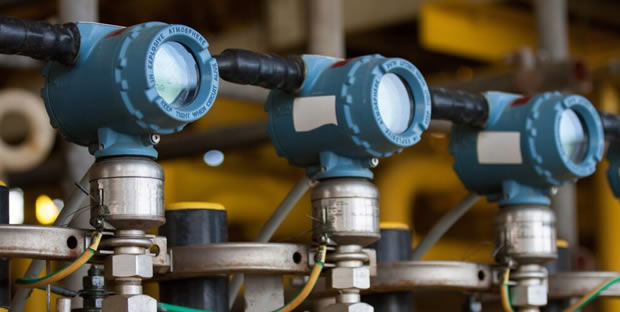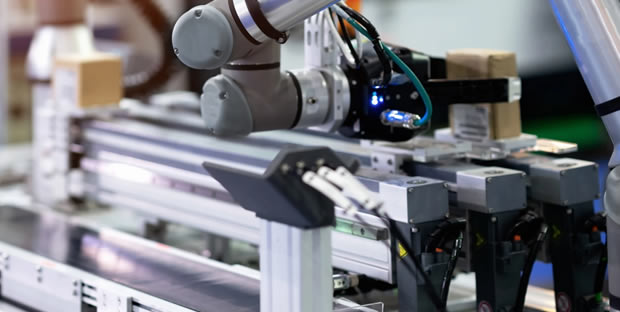What are the advantages and disadvantages of the GFG CC28 gas transmitter?
High-precision measurement: The CC28 employs catalytic combustion technology, featuring automatic temperature compensation and signal linearization to ensure high measurement accuracy. Its sensor has an expected lifespan of up to 5 years, guaranteeing long-term stable measurement performance.
Fast response: The special stack effect design enables the CC28 to have an extremely short response time, allowing it to quickly detect potential combustible gas leaks and issue timely warnings, thereby enhancing safety.
Explosion-proof certification and safety: The CC28 is ATEX-certified and suitable for use in Zone 1 explosion-proof areas, complying with European functional safety standards (DIN EN 61508-2:2011, SIL). Its reliable hardware design includes an explosion-proof buzzer and bright alarm indicators, providing effective warnings even in hazardous areas.
Easy maintenance and operation: The CC28 supports on-site service and adjustment using an RC2 remote control without opening the enclosure, simplifying the maintenance process. The intelligent sensor technology allows for quick and easy sensor replacement, reducing maintenance costs and time.
Rugged and durable: The CC28 has an IP64 protection rating, capable of resisting dust and water ingress. An optional weatherproof housing provides additional protection, making it suitable for various harsh environments.
Multiple gas detection capabilities: The CC28 can detect a variety of combustible gases, such as methane, propane, hydrogen, acetylene, ethylene, ethane, ethanol, and dimethyl ether, with a wide range of applications.
One potential drawback of the GFG CC28 gas transmitter could be its relatively high cost. Due to its high precision, explosion-proof certification, and multiple advanced features, the cost of the GFG CC28 may be comparatively higher, which might not be ideal for applications with limited budgets.





